Martian moon could occur from a collision with his home planet
 Source:
Source:
Strange shapes and colors of the tiny Martian satellites Phobos and Deimos led scientists to think about their origin. The dark faces of these moons resemble primitive asteroids of the outer Solar system, allowing to assume that these asteroids just landed in the gravity network of Mars. But the shape and angles of the satellite orbits do not support this capture scenario. A fresh look at the data 20 years ago missions Mars Global Surveyour supports the idea that the satellites of Mars were formed after a large impact shook the planet and was thrown into the orbit of many stones.
This follows from a study published in the Journal of Geophysical Research: Planets American geophysical Union. According to the authors of the study, this data set contained important clues about what is Phobos, and it can be more similar in composition to the crust of Mars than it seems.
How did the satellites of Mars?
"The interesting thing for me is to extract ideas from the old datasets, which were used not enough," says Tim Glotch, a geologist from stony brook University in new York, the lead author of the new study.
Mark freis, a planetary scientist and curator for cosmic dust in Space center. Johnson at NASA, was not involved in the new study, says that the failure to explain the origin of two moons of a neighboring planet stems from poor understanding by scientists of the processes of lunar formation. Understanding this will allow to interpret the appearance of the other moons in the Solar system and beyond. The new study does not clarify the mystery, but it is a step in the right direction, he said.
"the question of the origin of Phobos and Deimos — funny mystery, because we have two competing hypotheses that are mutually exclusive," says freis. "I would not have considered this as a final solution, but it will help to move the discussion forward."
theStrange objects
The debate about the origin of the satellites of Mars was divided scholars into camps for many years, from the earliest days of planetary science. In visible light the Phobos and Deimos look so much darker than the Mars, which lends weight to the hypothesis of capture.
Scientists are studying the mineral composition of objects, breaking the light they reflect, into its component colors using the spectrophotometer, and creating representative samples. Comparing the spectral samples of planetary surfaces with a library of spectra of known materials, they can determine the composition of distant objects. Most studies of the composition of asteroids studied spectra in visible light and near infrared light outside the visible spectrum.
In the visible and near-infrared light of Phobos and asteroids of a class D look like that their spectra almost without features, so they are dark. Asteroids D-class is almost as black as coal, because, like coal, contain carbon. This dark aspect of Phobos led to the hypothesis that this moon is a captured asteroid that flew too close to Mars.
But scientists studying the orbit Marcovich moons, say they could not be captured. Perhaps the moon was formed simultaneously with Mars or happened in a massive attack on the planet during her millennia of formation.
"If you ask people who understand orbital dynamics and understand why some bodies rotate so and not otherwise, they say that given the inclination and the details of the orbit of Phobos, with its capture almost impossible. Spectroscopy say one thing and dynamite else," said Glatch.
theHeat signatures
Glotch decided to look at the problem in a different light: in the mid-infrared, which is in the same range as the temperature of the body. He looked at the heat signatures of Phobos, made in 1998, a tool that he calls the cool thermometer on Board Mars Global Surveyor. This robotic machine has spent most of his life, staring at Mars, but also glanced at Phobos, passing near the moon.
Thermal energy as visible light, can be divided into a spectrum of "colors". Even objects that look black in visible light, can glow in a characteristic infrared spectrum. Although the Phobos is very cold, its heat range has a distinctive signature.
Glotch and his students compared the mid-infrared spectrum of Phobos recorded by the Mars Global Surveyer, with samples of meteorites that fell to Earth near lake Tagish in British Columbia. These meteorites, according to some scholars, were the fragments of the asteroid D-class. In the laboratory the samples were placed in a environment similar to the one in which is the Phobos — cold vacuum — heating them on the top and bottom to simulate abrupt changes of temperature in Sunny and shaded sides of the object in the vacuum of space.
"We found that in these wavelength ranges meteorite Tagilskogo lake is not similar to Phobos, and a whole lot more likely Phobos corresponds to basalt, a common volcanic rock that makes up a large part of the Martian crust," says Glatch. "It made us believe that Phobos may be a legacy of the collision in the early history of Mars."
theBaked crust of the planet
The New study does not undertake to say that Phobos made entirely of the material of Mars, but the new results correlate with the fact that the moon contains some of the planet's crust, possibly due to the merging of the debris from the planet with the remains of the strike object.
Freis, was not involved in the study, says that the meteoriteTagilskogo lake kind of unusual and maybe not the best example of an asteroid with a D-class to compare with Phobos. Freis added that the new study does not give a convincing answer, because Phobos is exposed to space weathering, which affects the reflected spectrum, and it is difficult to reproduce in the laboratory.
And which version you adhere to? Tell us in our
Recommended
The Americans on the moon: what everyone should know?
the Upcoming cosmonautics day is my favorite holiday. It marks the triumph of the human mind: in just four thousand years Homo Sapiens went from hunter-gatherers to space explorers. 12 April 1961 Soviet cosmonaut Yuri Gagarin became the first man in ...
Why are some galaxies spiral shaped?
you Know what surprised me the most? The fact that we perceive the surrounding world as it is. Animals, plants, the laws of physics and the cosmos are perceived by many people as something so mundane and boring that they invent fairies, ghosts, monst...
Astronomers were able to see the death of another star system
In the cosmic ocean drifts a lot of mysteries about the existence of which we are unaware. One of these was uncovered five years ago, when astronomers have discovered a lonely star at a distance of 570 light years from Earth, the brightness of which ...
Related News
SpaceX will deliver to the moon a few Japanese vehicles in 2020 and 2021
the SpaceX Company has signed a contract with a Japanese start-up ispace on two missions for the delivery of several spacecraft to the moon in the framework of LONG-R. Launches scheduled for 2020 and 2021 will be conducted using t...
As it was: a desperate eight weeks that saved SpaceX from failure
They spent the night in bilateral trailer, huddled on mattresses and in sleeping bags, they slept ten in a room. In the morning, feasted on the scrambled eggs. At night, under the darkest skies on Earth, they grilled steaks and wo...
Orbital Martian probe took a picture of the silent Mars Rover "opportunity"
Autonomous Interplanetary space station Mars Reconnaissance Orbiter (MRO) aerokosmicheskogo Agency NASA took a picture of a lone Rover "opportunity", which are not contacted more than two months. Recall that the Rover stopped beca...
Big Fuc*ing Rocket: 18 new details about the huge moon rocket Elon musk
Although in the spotlight this week at the SpaceX event was a Japanese billionaire Yusaku maezawa the first tourist company, which will go to the moon — Elon Musk also revealed many new details about the BFR, a huge rocket SpaceX....
SpaceX will broadcast a lunar mission in virtual reality
just recently, SpaceX told many details about his lunar mission, planned for 2023. It is also the first moon "tourist" who paid (Yes, there was a prepayment) for the tour around the moon. Together with a Japanese billionaire will ...
Origami offers his designs for the moon and Mars
Origami and high-performance fabric will transform the architectural plans smart human habitats and research stations on the moon and Mars. The first field testing of the project prototypes of buildings-origami MoonMars will be pr...
Japanese Rovers successfully landed on the surface of the asteroid and sent back the first pictures
Japanese space Agency (JAXA) announced that two of her Bouncing Rover successfully landed on the surface of the asteroid Ryugu and even managed to collect some data and send back some photos of his space adventure. The landing veh...
Canadian astronaut: first on Mars will become Martians
Astronauts who travel through space on a long trip to Mars will not have regular support from the mission control center on Earth and will have to think of themselves as Martians to survive, half-jokingly said a famous canadian as...
NASA are experimenting with "space" food
When NASA will send humans to Mars (the plans are there, though shaky), astronauts will need a lot of food for the trip. But the dishes to dry freeze for 2.5 years take up much space on a space ship. In flight to Mars will be ever...
Moon base Gateway: error NASA or the future of space exploration?
Year: 2026. Seasoned astronaut Nicole Mann brings his team of four through the hatch of a space ship "Orion" on a small space station near the moon. Inside it smells like the cabin of a new car. Outside beautiful view. Over the st...
Russia will not participate in the creation of the American lunar station
Publishing "Interfax" with reference to General Director of "Rosatom" Dmitry Rogozin informs that Russia refuses the joint construction of a lunar orbital station Gateway because "can not afford to participate in the American proj...
Japanese probe "Hayabusa-2" marooned on an asteroid Ryugu two Rover
Japanese spacecraft "Hayabusa-2" to clear the two small cylindrical Rover MINERVA-MINERVA and II1A-II1B on the surface of a 900-foot asteroid the Ryuga, which was reached in June of this year. The probe approached the surface of a...
Conducted a successful test of a capture of space debris network
the spacecraft RemoveDEBRIS using the rocket company SpaceX this summer, I was able to capture the network improvised a fragment of space debris orbiting the planet for the first time demonstrated the real potential of this techno...
Russia is developing a prototype of a reusable stage booster
the Source of Fund of perspective researches (FPI) in conversation with the Agency RIA "Novosti" noted that the prototype stage winged reusable rocket, with the possibility of returning back to the launch site at hypersonic speed ...
Astronomers have found a real planet Vulcan from kynoselen Star trek
Astronomers of the University of Florida reported the discovery of this extrasolar planets, which by its characteristics is very similar to planet Vulcan appeared in kynoselen "Star trek". Exoplanet discovered with a telescope Dha...
SpaceX will send tourists around the moon, but it is not the first one who gave such promise
the Company SpaceX yesterday attracted a lot of attention, announcing the name of the first space tourist, who was part of a group of half a dozen people will go to the first commercial trip around the moon. If all goes well, in ...
Russian ISS astronauts will be in space for visual inspection the holes in the "Union"
the Board space Corporation Roscosmos, who are investigating the incident with the depressurization of the Russian spacecraft "Soyuz", presumably caused by the drilled hole in the inner casing of household compartment, is planning...
Japanese billionaire will become the first space tourist SpaceX
Company SpaceX has revealed the name of the person who will be the first to fly the BFR rocket to the moon. It will be a Japanese billionaire maezawa of Yusaku (Yusaku Maezawa), which launched the project and invited to flight eig...
In new Mexico suddenly closed the Observatory. "Alien telescope have not seen" says the Director
a week Passed since then, as national solar Observatory in Sanspot, new Mexico, was closed, employees were evacuated and instructed by FBI agents. Undisclosed "security issues" that it's all a cover up, remain a mystery to the pub...
Webcast: NASA will launch a satellite ICESat-2 to study ice cover of the Earth
Tracking the level of the ice on the Earth's surface is important as never before. Noticing changes in the climate, climate scientists are trying to identify their causes. For example, they need to identify the degree of influence...



















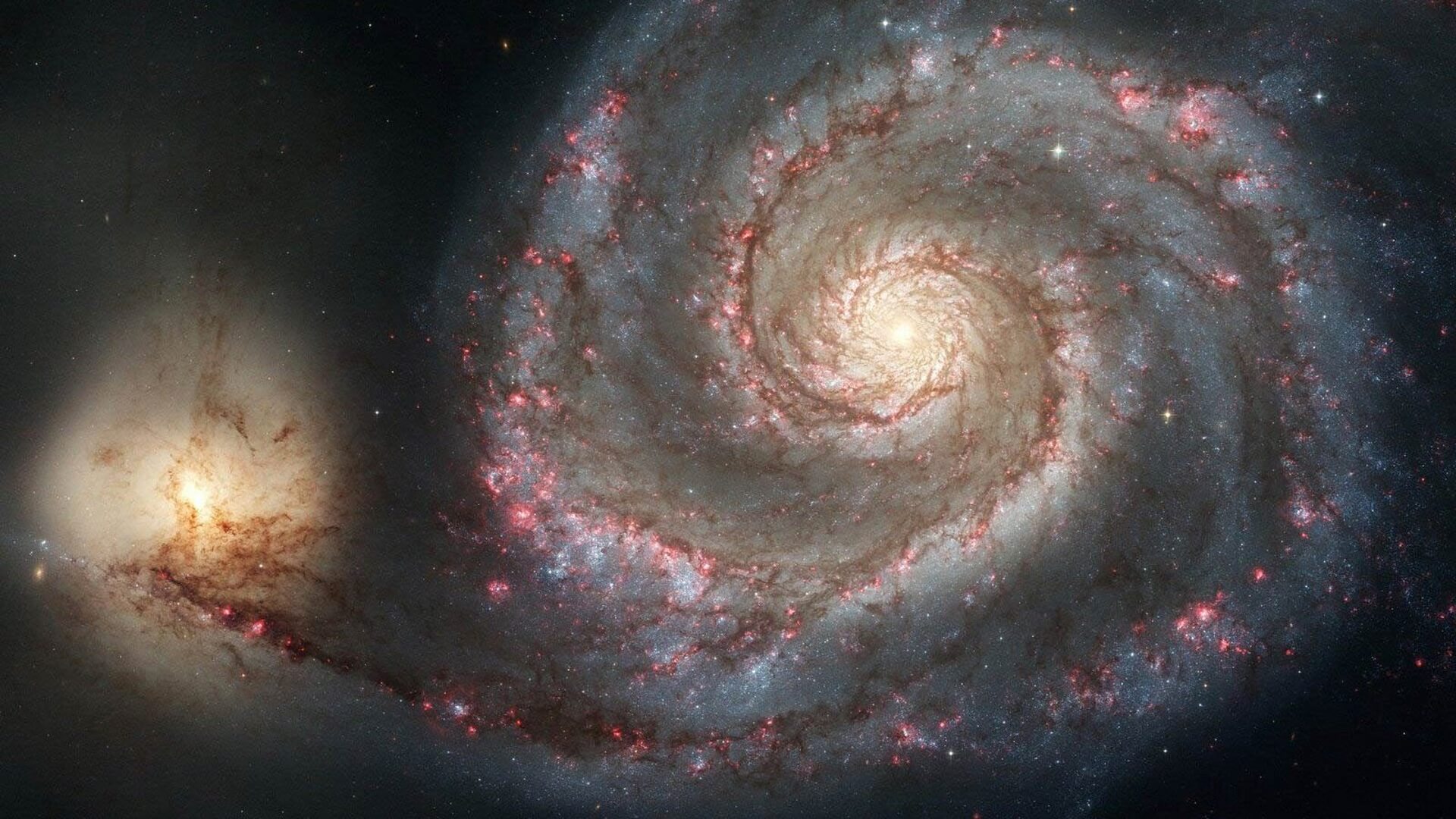
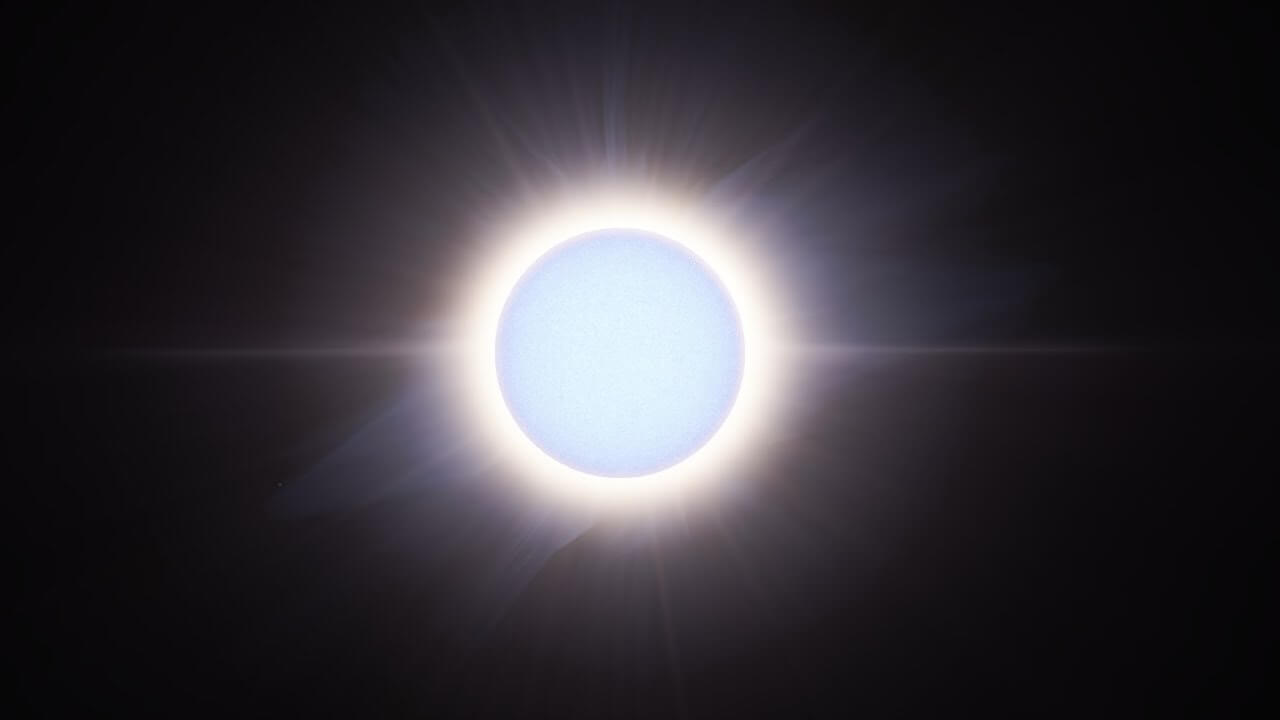
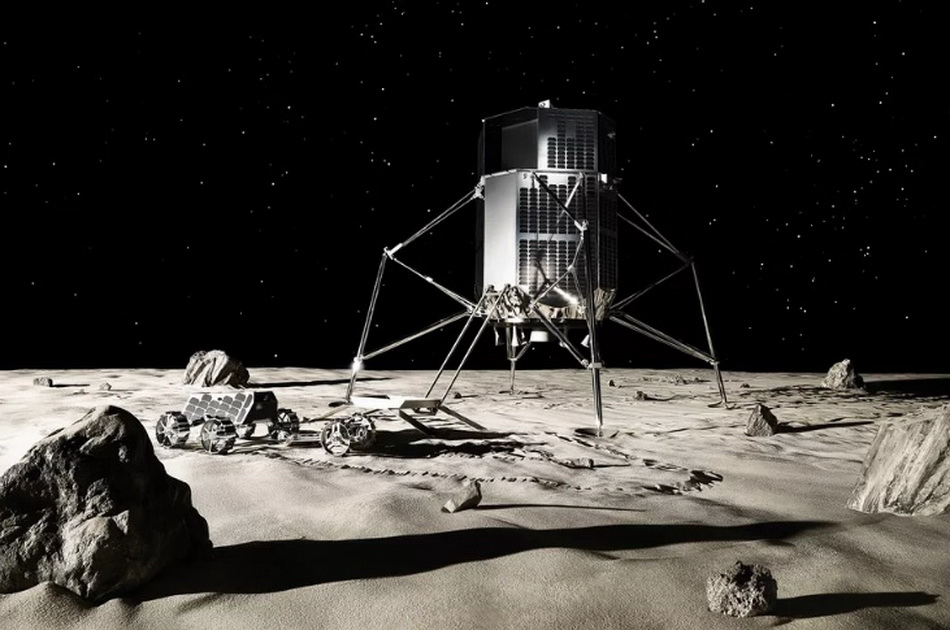
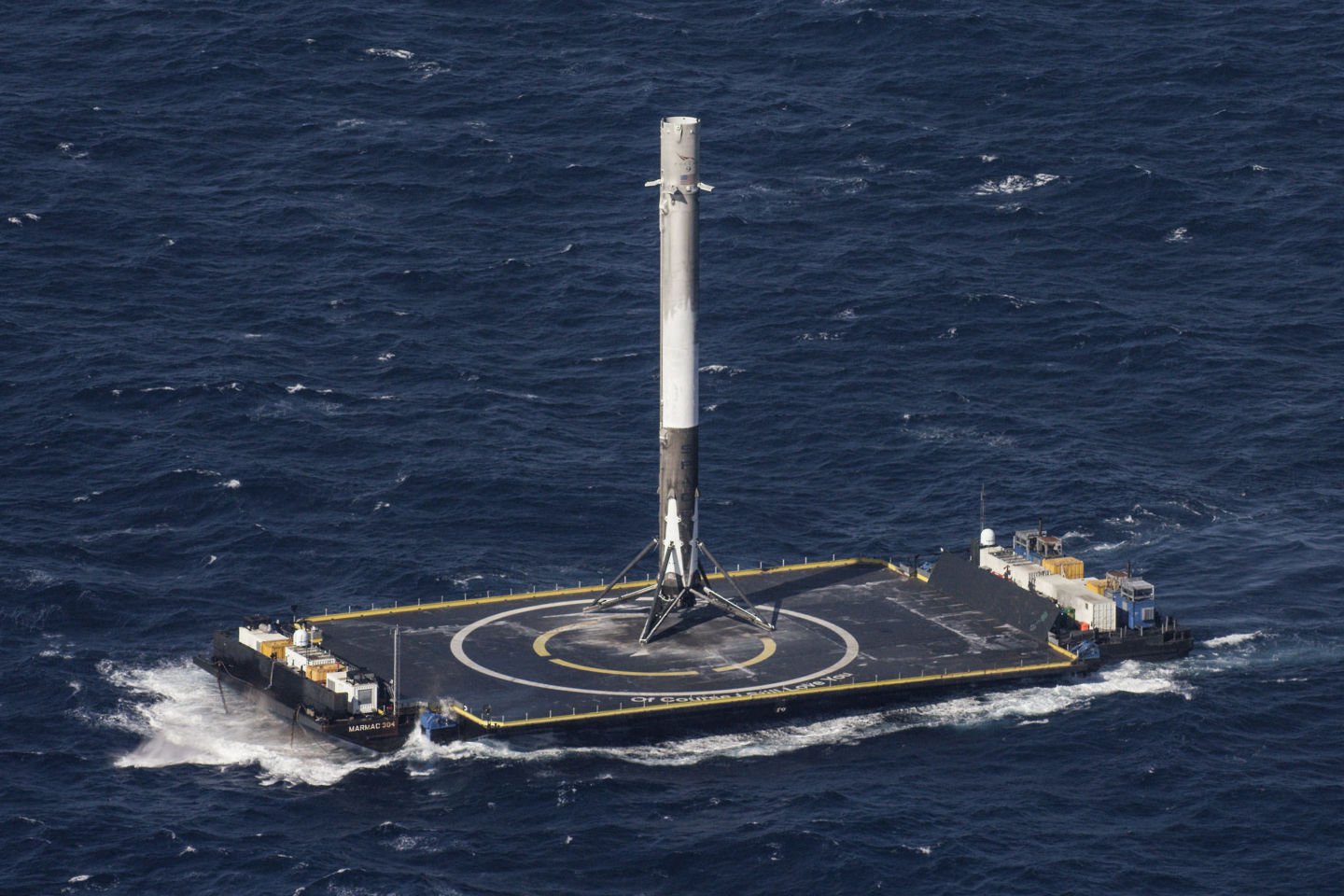

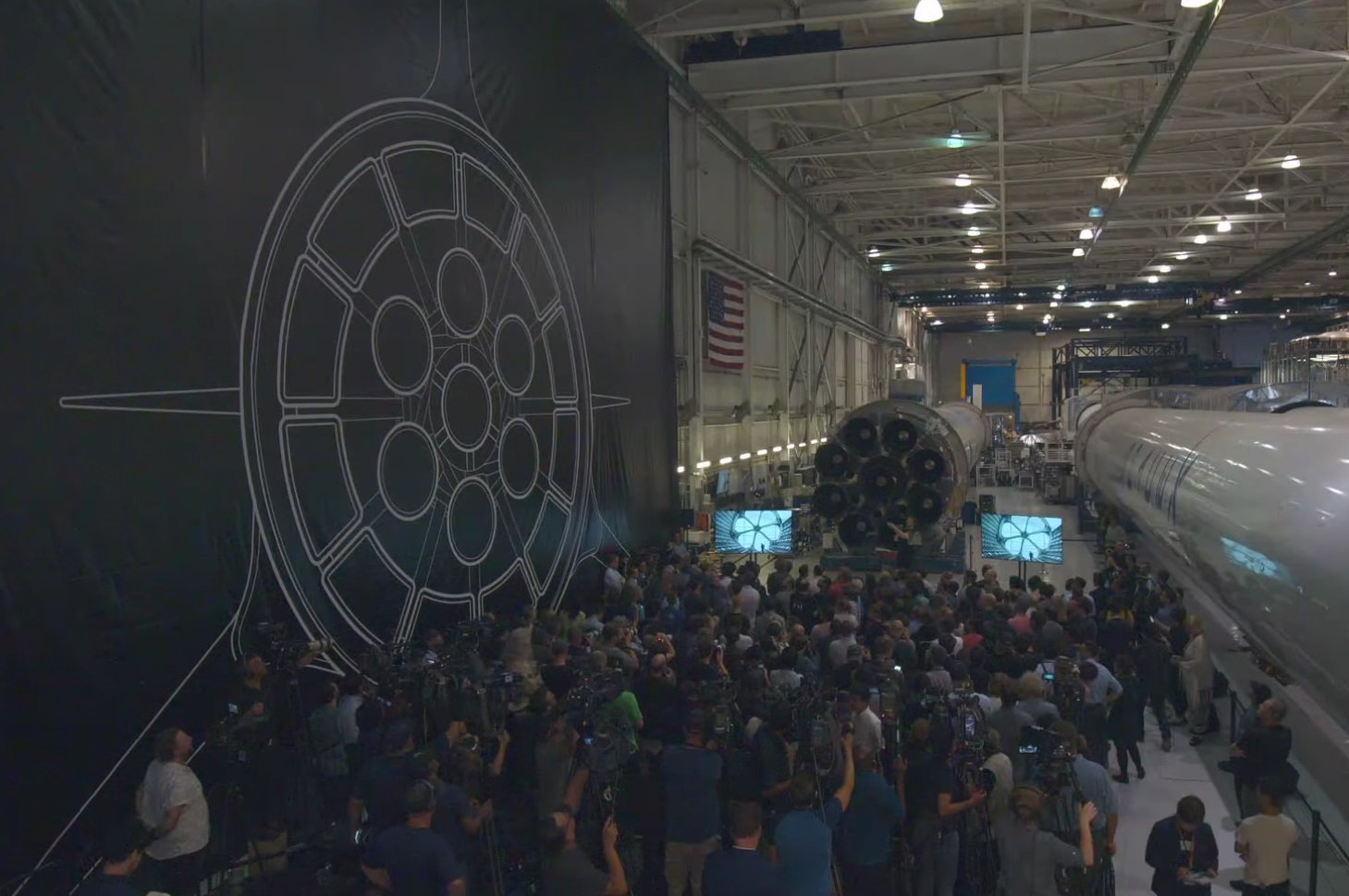
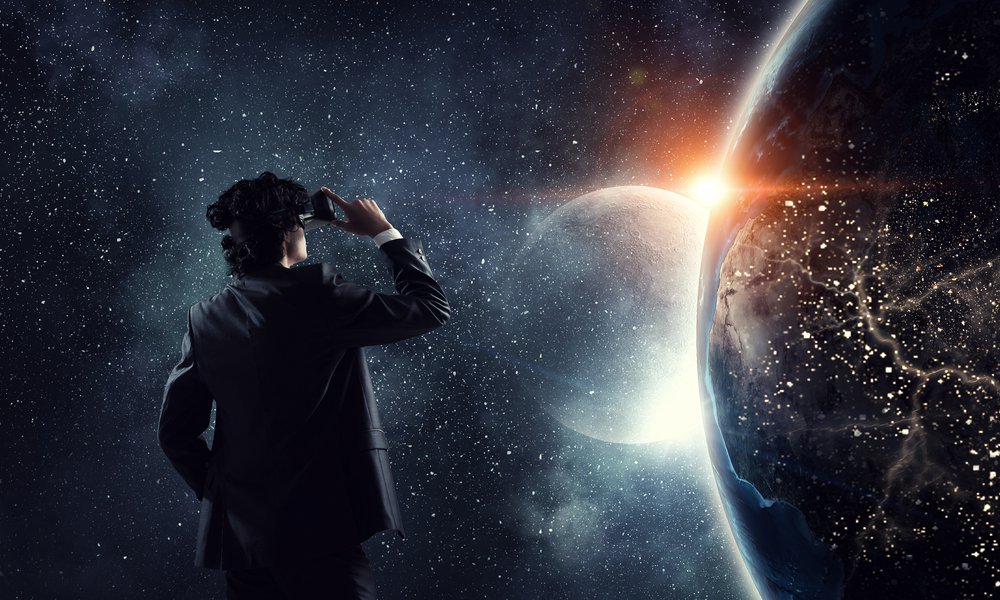
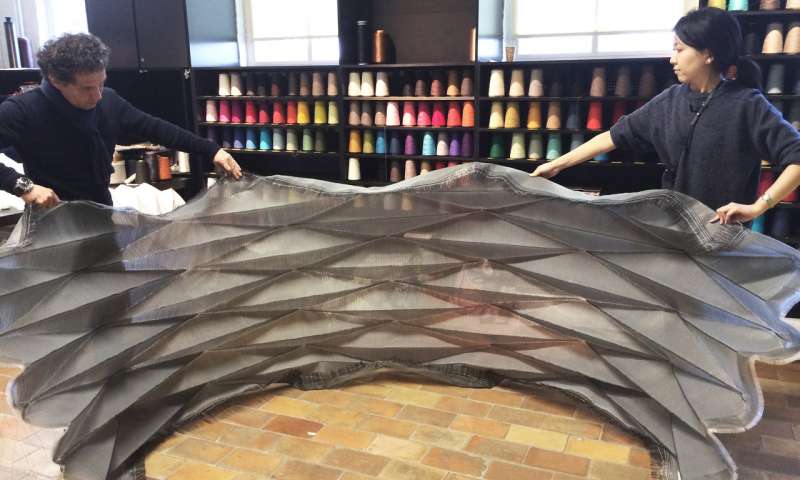
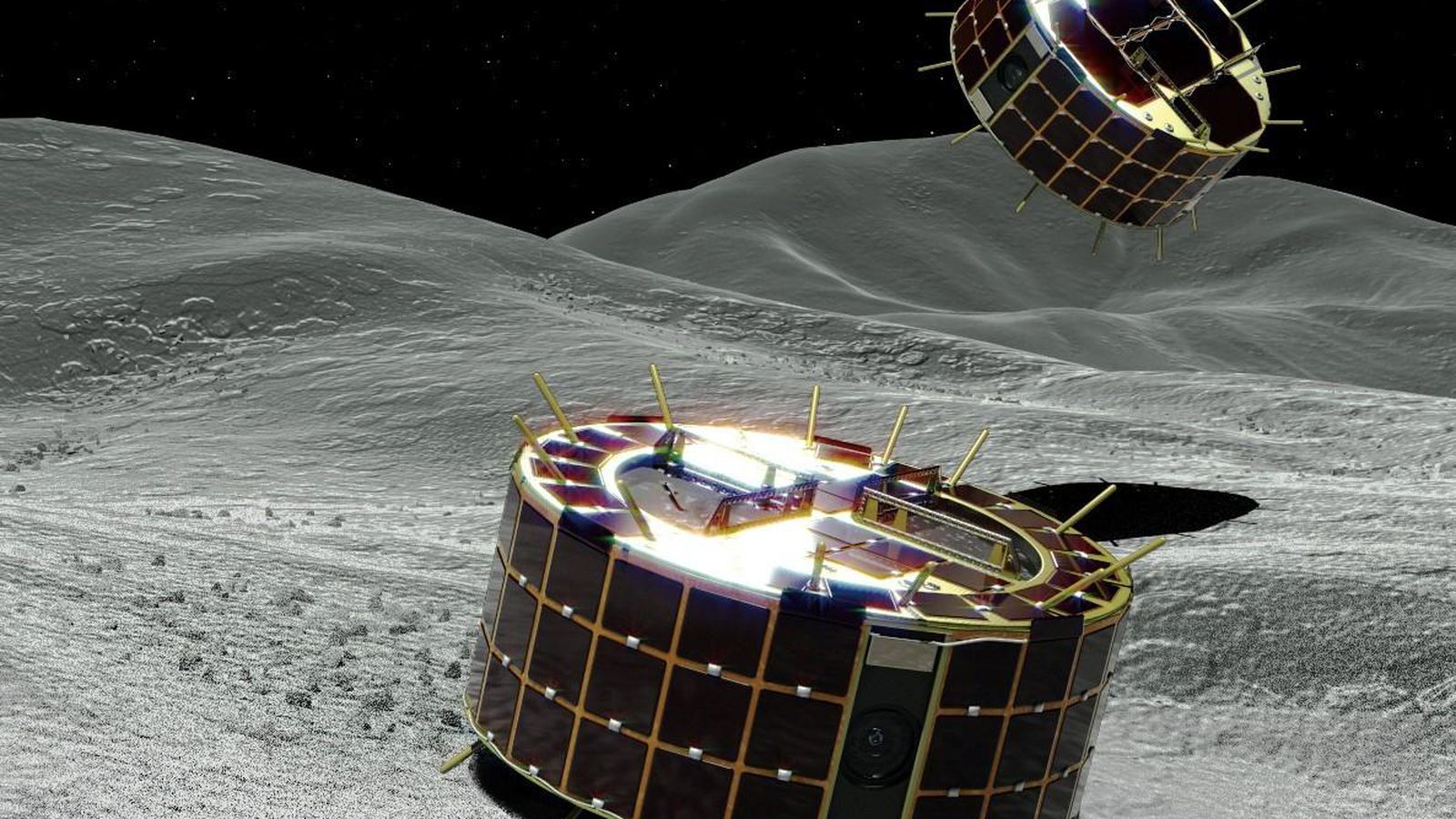
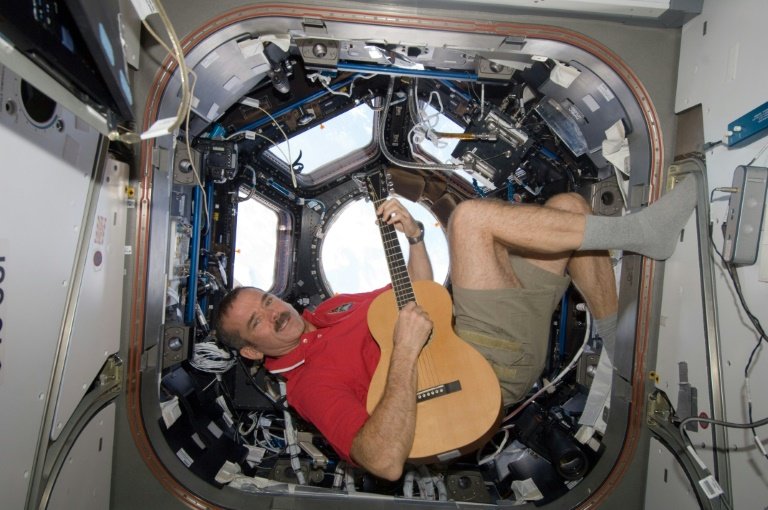

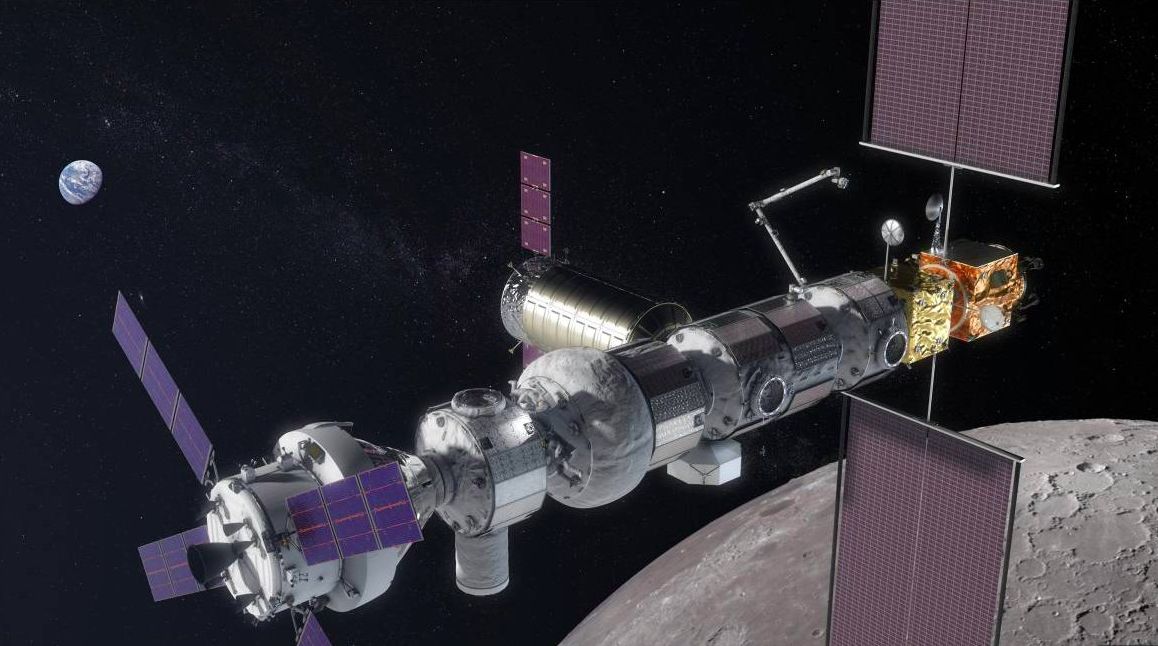
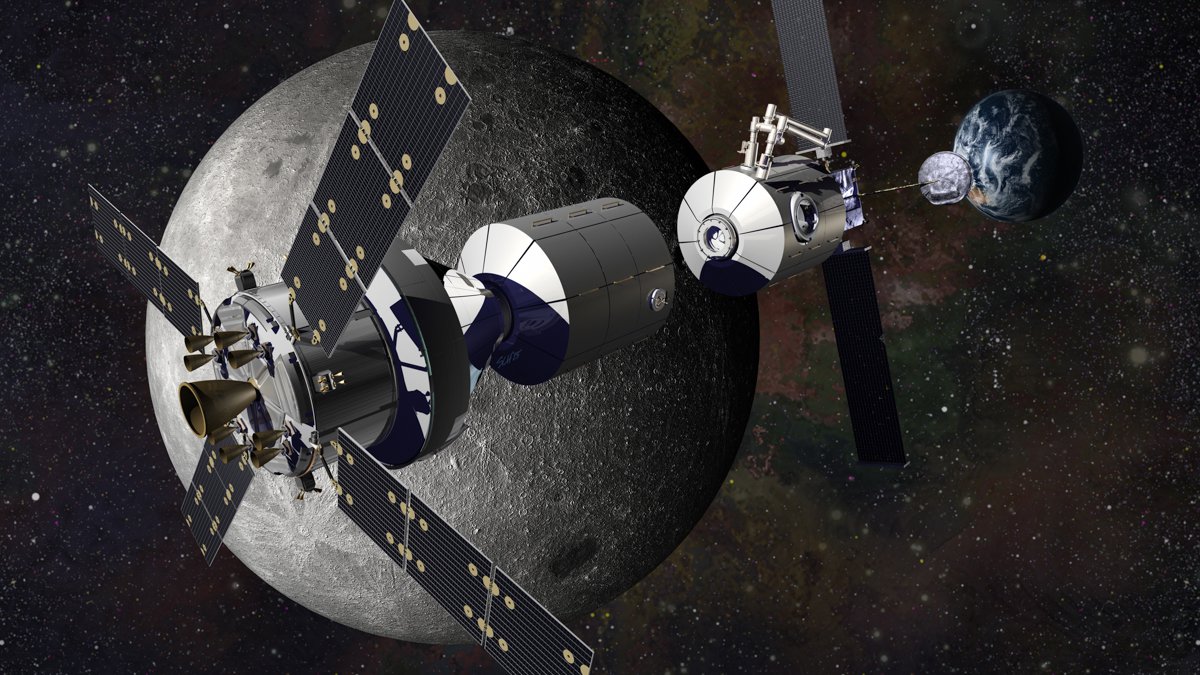
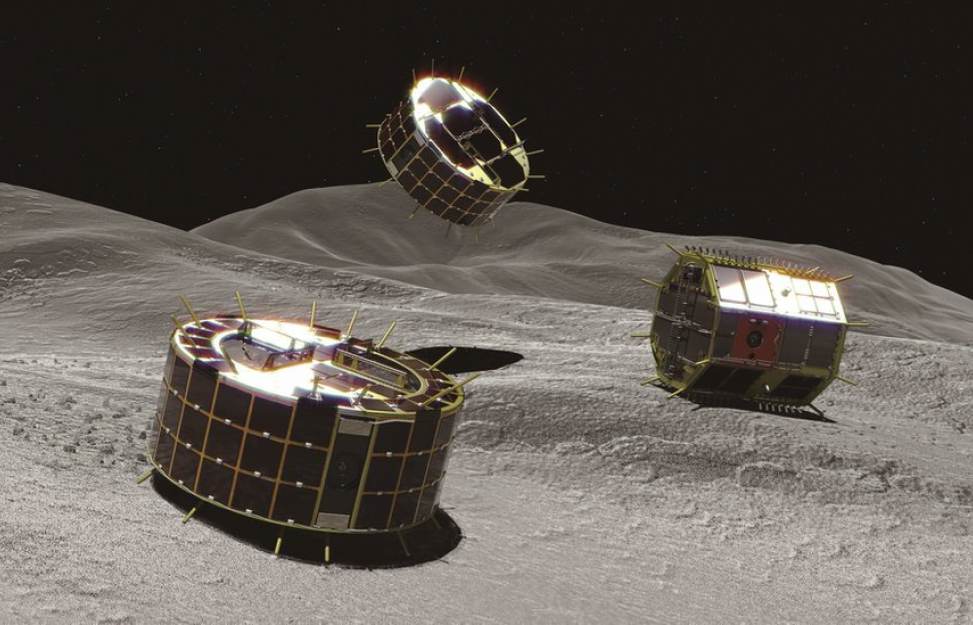
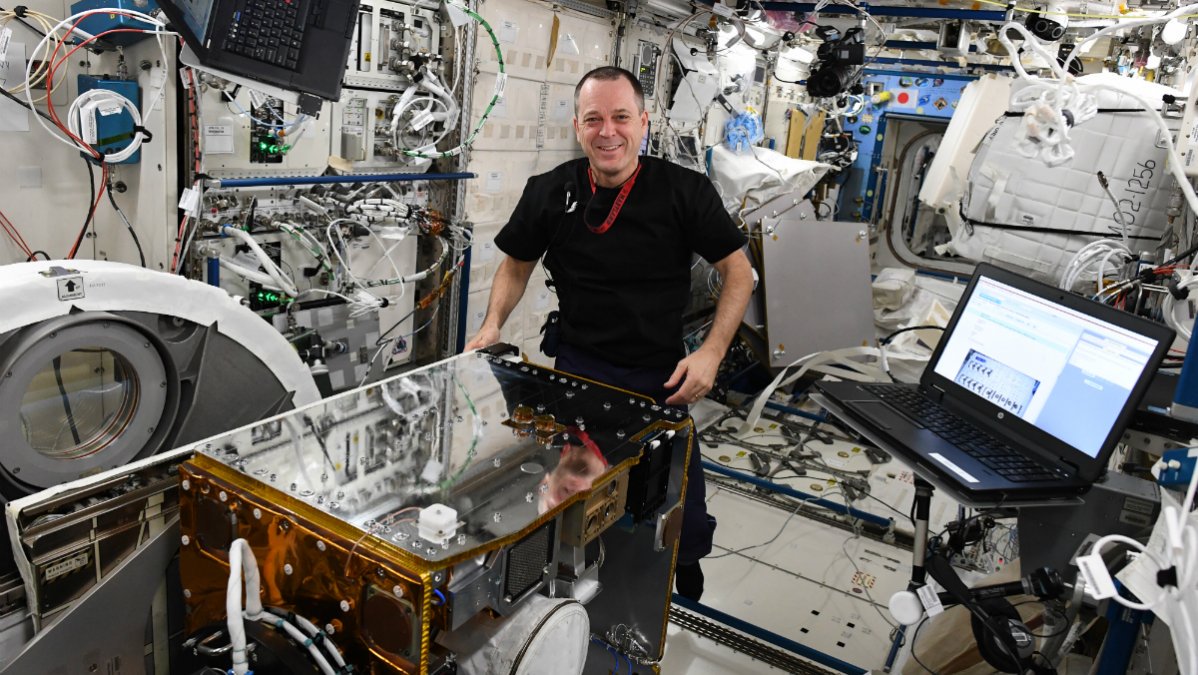
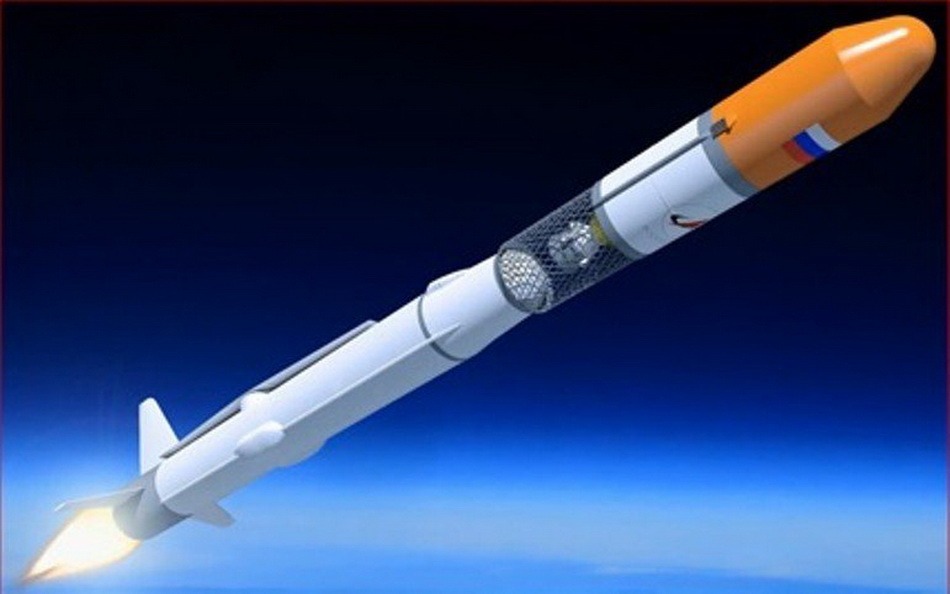

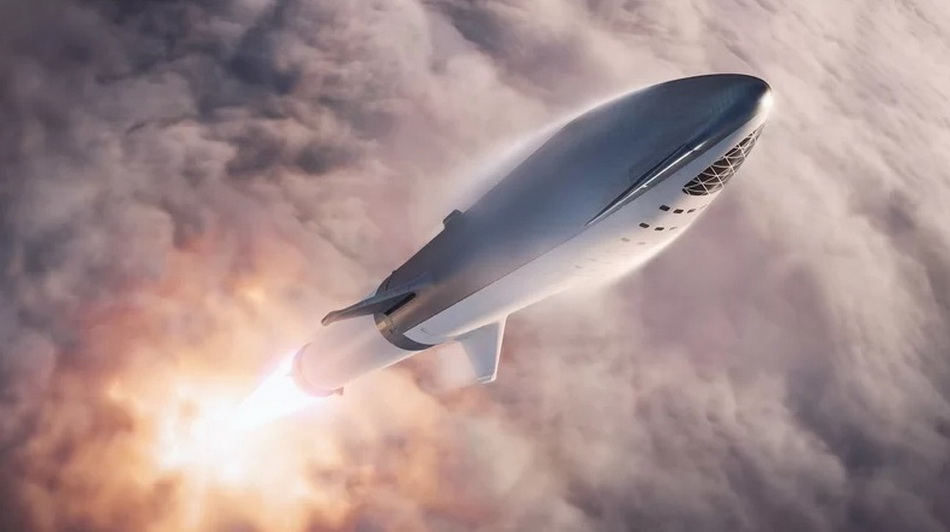

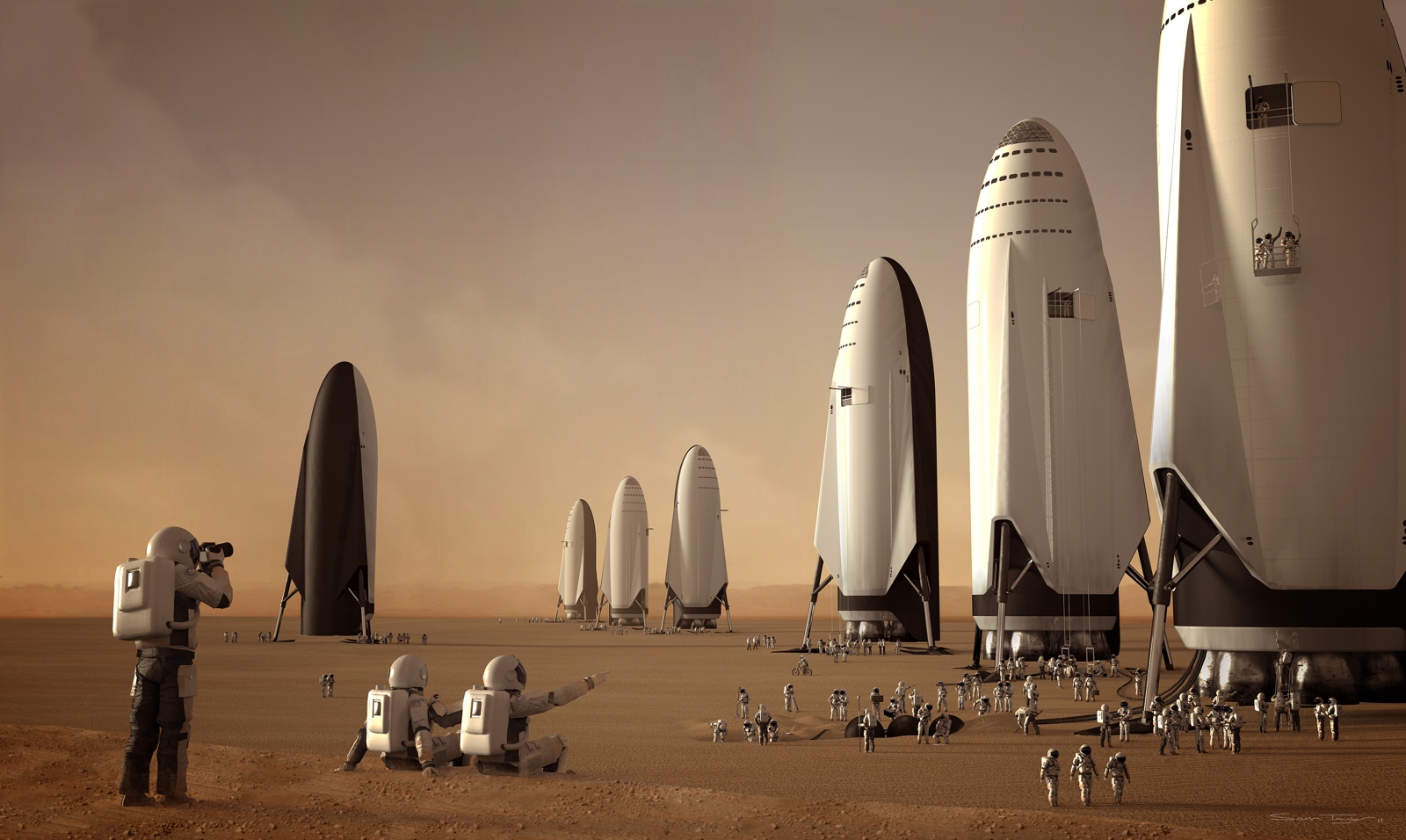

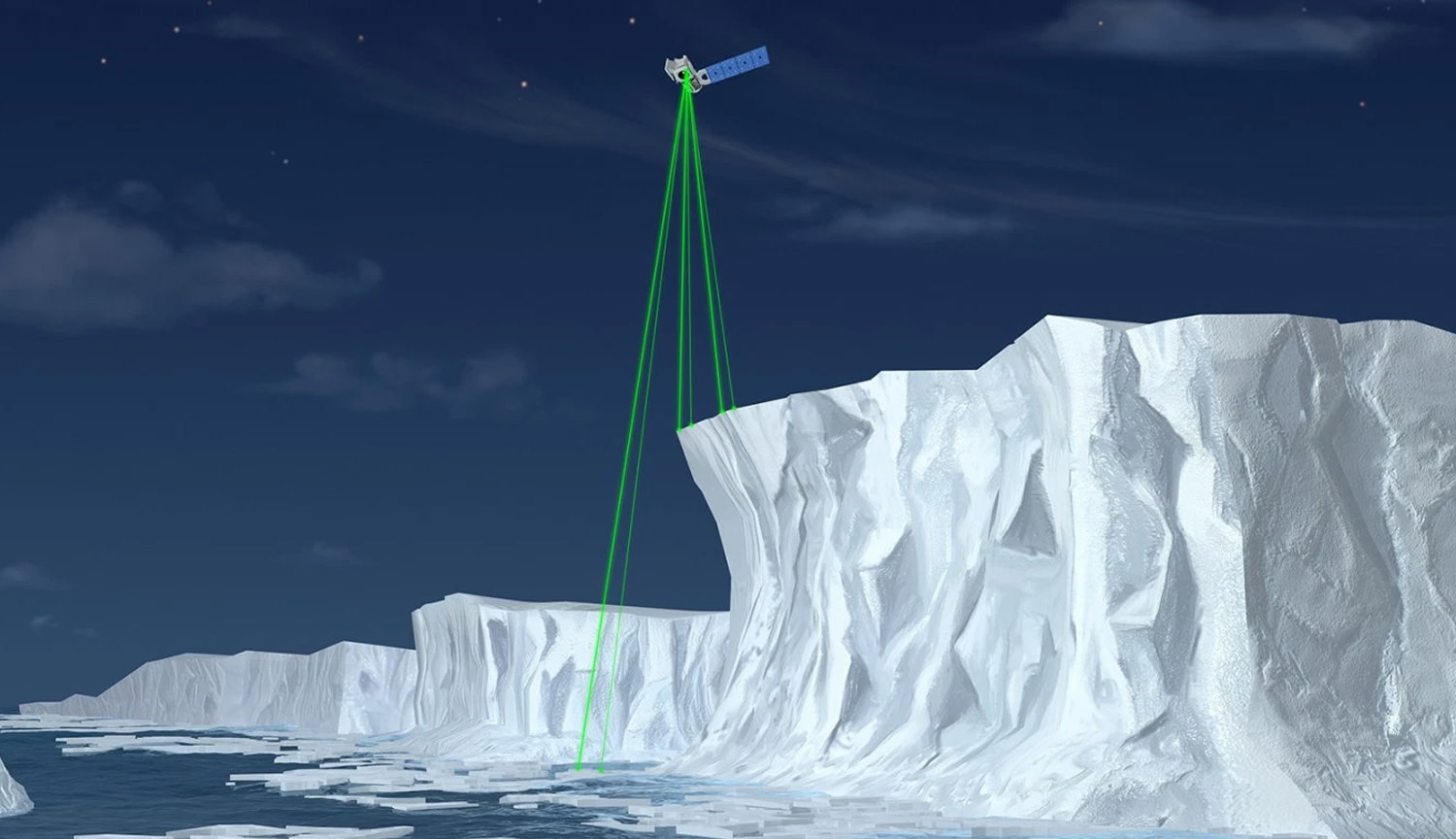
Comments (0)
This article has no comment, be the first!